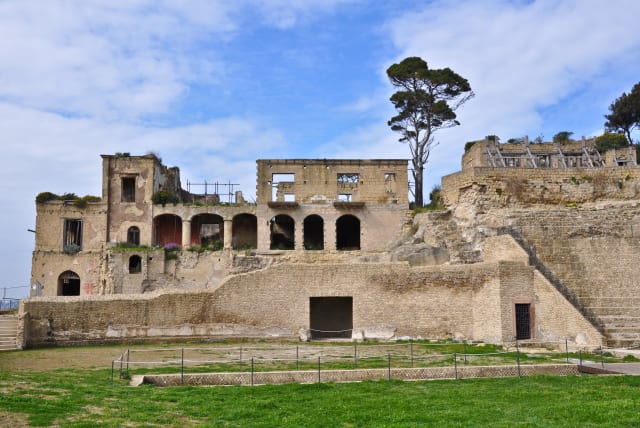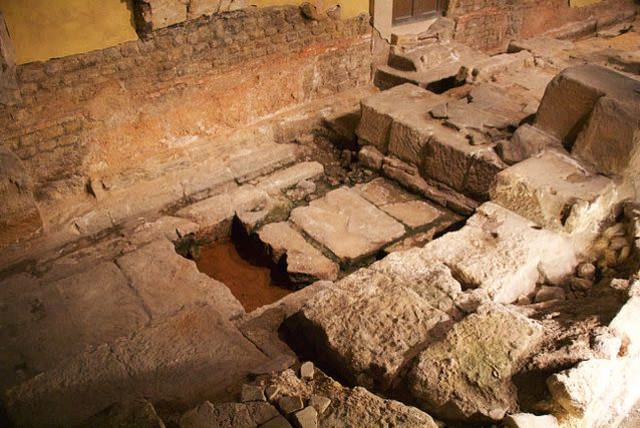Japanese researchers identify lost villa of Roman Emperor Augustus in Italy

Archaeologists used radiocarbon dating and chemical analysis of the volcanic layers covering the earlier building, which confirmed that the building predates the Vesuvian eruption in AD79.
Archaeologists from the University of Tokyo discovered, what they believe to be, a villa belonging to Roman Emperor Gaius Julius Caesar Augustus (born Gaius Octavius) on the northern side of Mount Vesuvius, according to a Thursday publication of Heritage Daily.
Augustus, credited as the founder of the empire, was Roman emperor from 27 BC until he died in AD 14.
Found in the town of Somma Vesuviana inside the city of Naples, the villa was originally discovered alongside many others belonging to the Roman elite in the 1930s. However, the Villa of Augustus has been subject to specific archaeological investigations since 2002.
While the building in question was thought to have been built in 2 AD, after the reign of Augustus, recent research has found traces of a much older building that dates back to Augustus’s period of rule. Archaeologists used radiocarbon dating and chemical analysis of the volcanic layers covering the earlier building, which confirmed that the building predates the Vesuvian eruption in 79 AD.
Excavations of the building uncovered pieces of collapsed walls and roof tiles, which were destroyed as the volcanic material traveled down the northern side of the volcano. According to a press statement by the University of Tokyo: “This suggests that even the northern foothills of Mount Vesuvius, where the effects of the AD 79 eruption were said to have been less severe than the southeastern region of the mountain, were also affected by the eruption with destructive power.”
Other evidence that the villa belonged to Augustus
Historical accounts from Tacitus and Suetonius also add evidence, depicting Augustus’s death as having been located on the northern side of Mount Vesuvius, where this villa was discovered and was later consecrated as a temple for his Imperial cult.
Jerusalem Post Store
`; document.getElementById("linkPremium").innerHTML = cont; var divWithLink = document.getElementById("premium-link"); if (divWithLink !== null && divWithLink !== 'undefined') { divWithLink.style.border = "solid 1px #cb0f3e"; divWithLink.style.textAlign = "center"; divWithLink.style.marginBottom = "15px"; divWithLink.style.marginTop = "15px"; divWithLink.style.width = "100%"; divWithLink.style.backgroundColor = "#122952"; divWithLink.style.color = "#ffffff"; divWithLink.style.lineHeight = "1.5"; } } (function (v, i) { });

